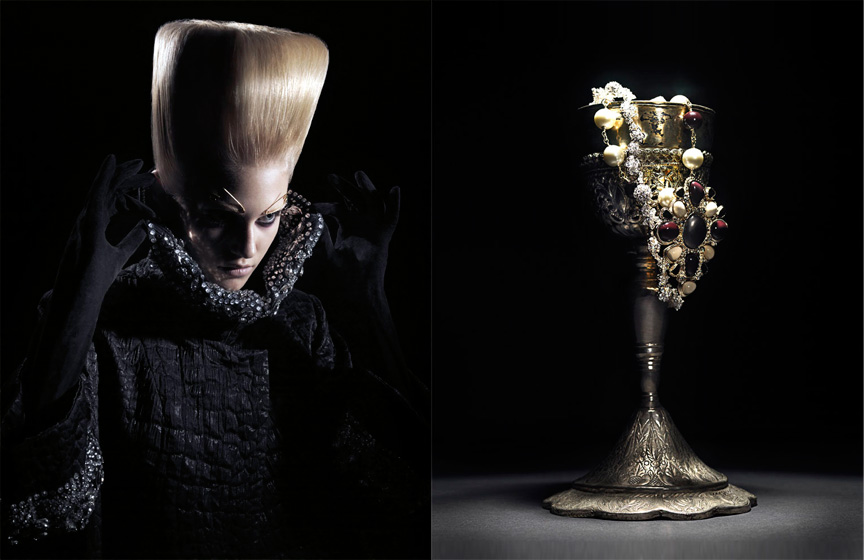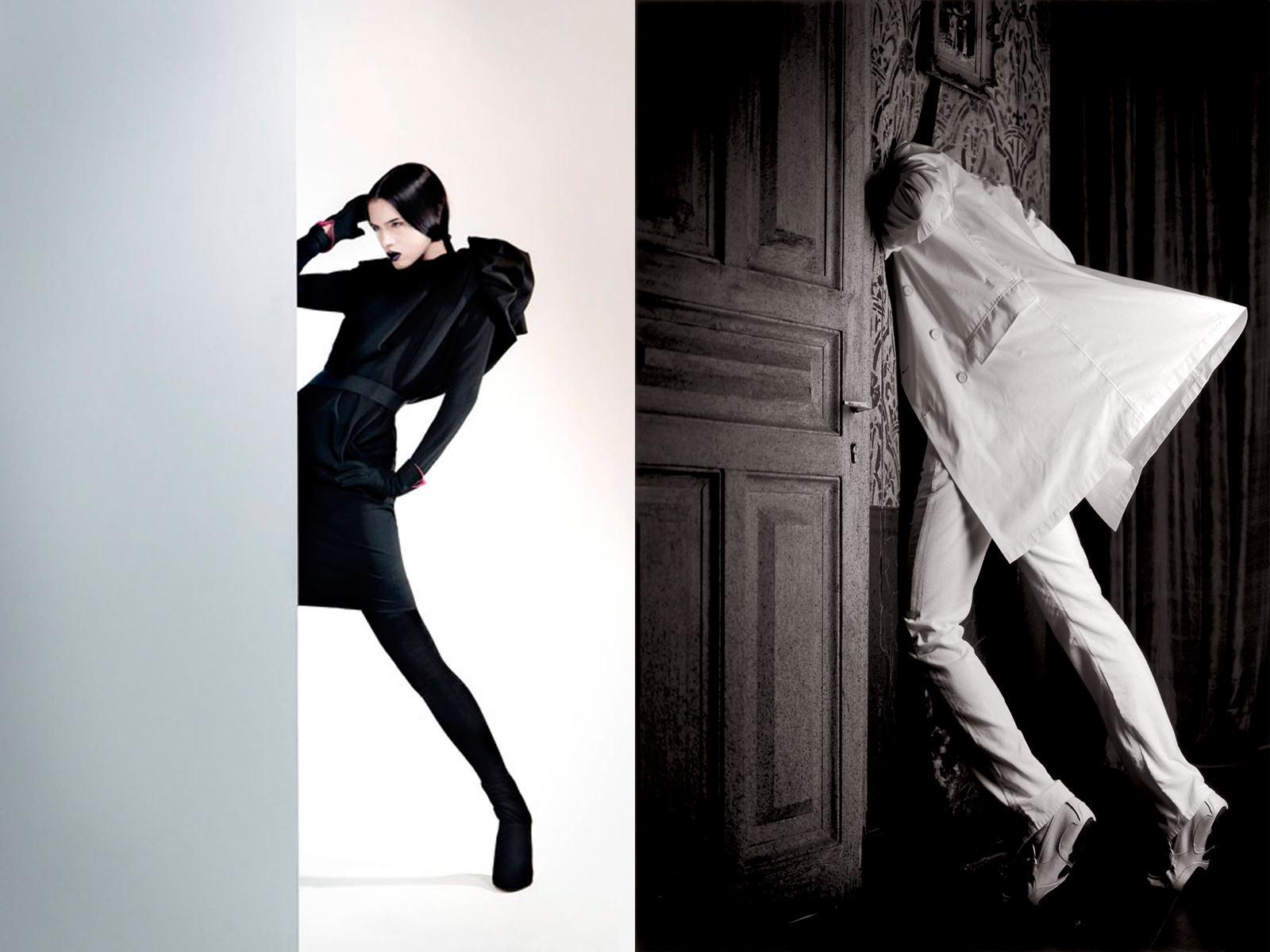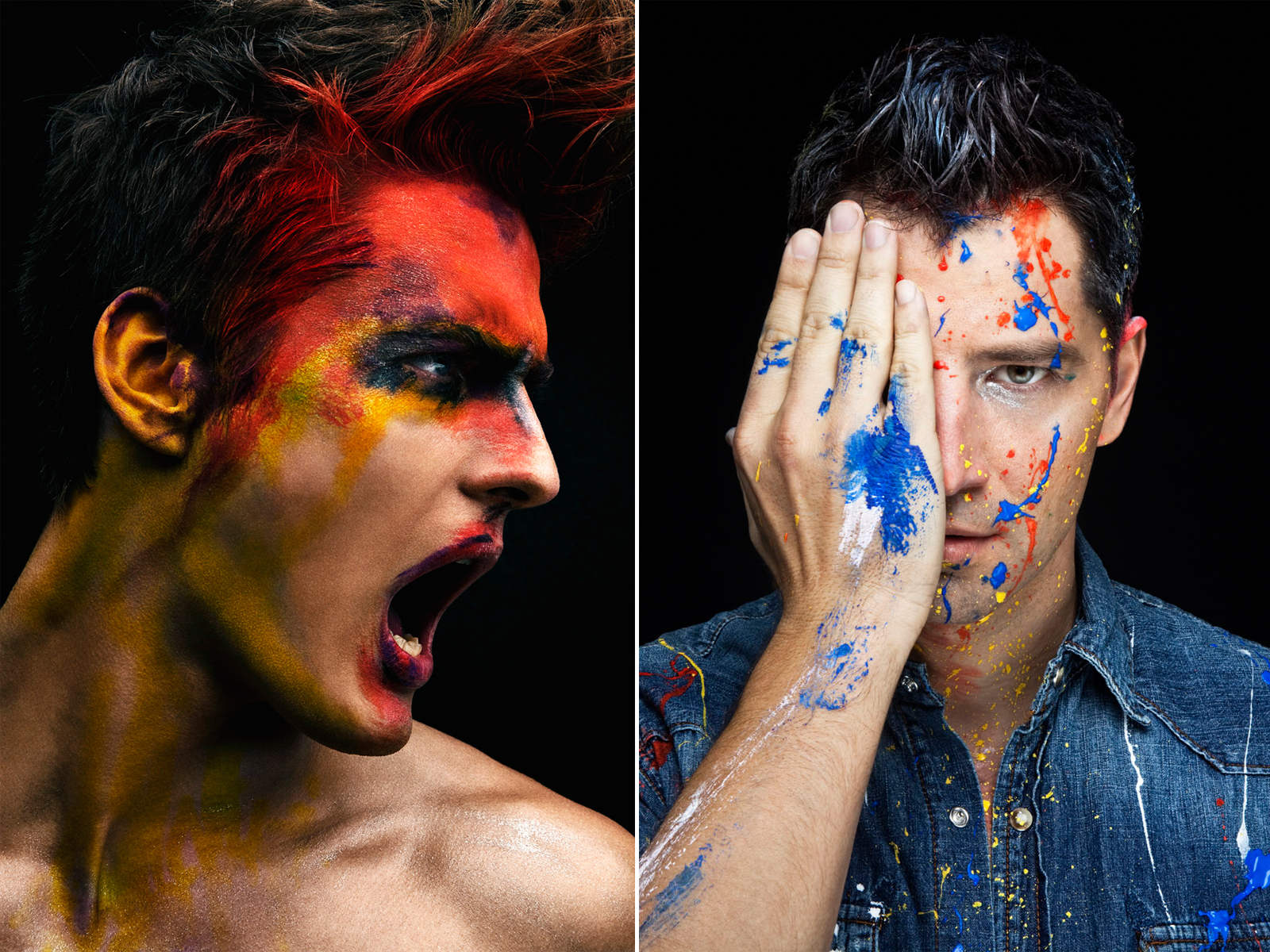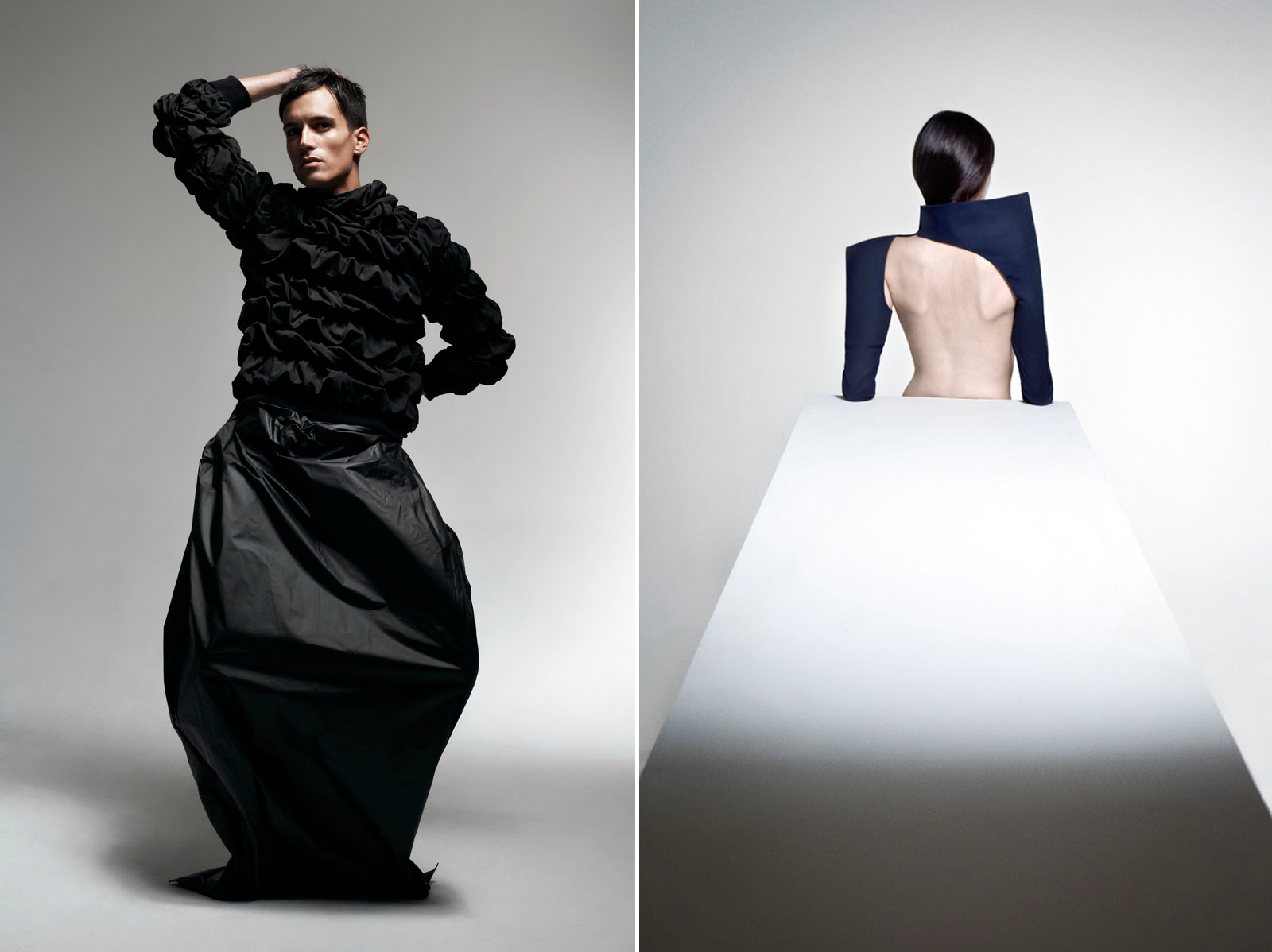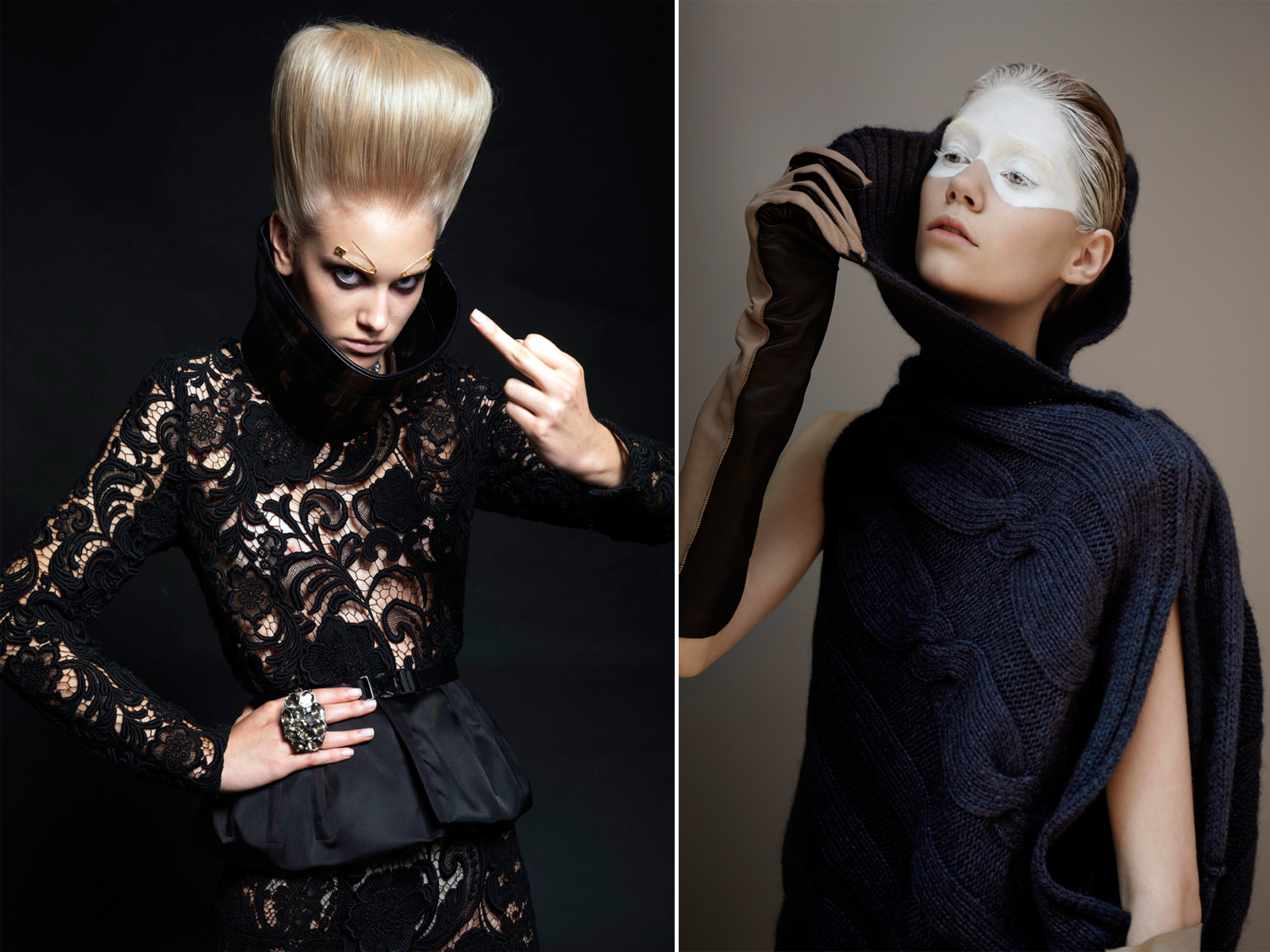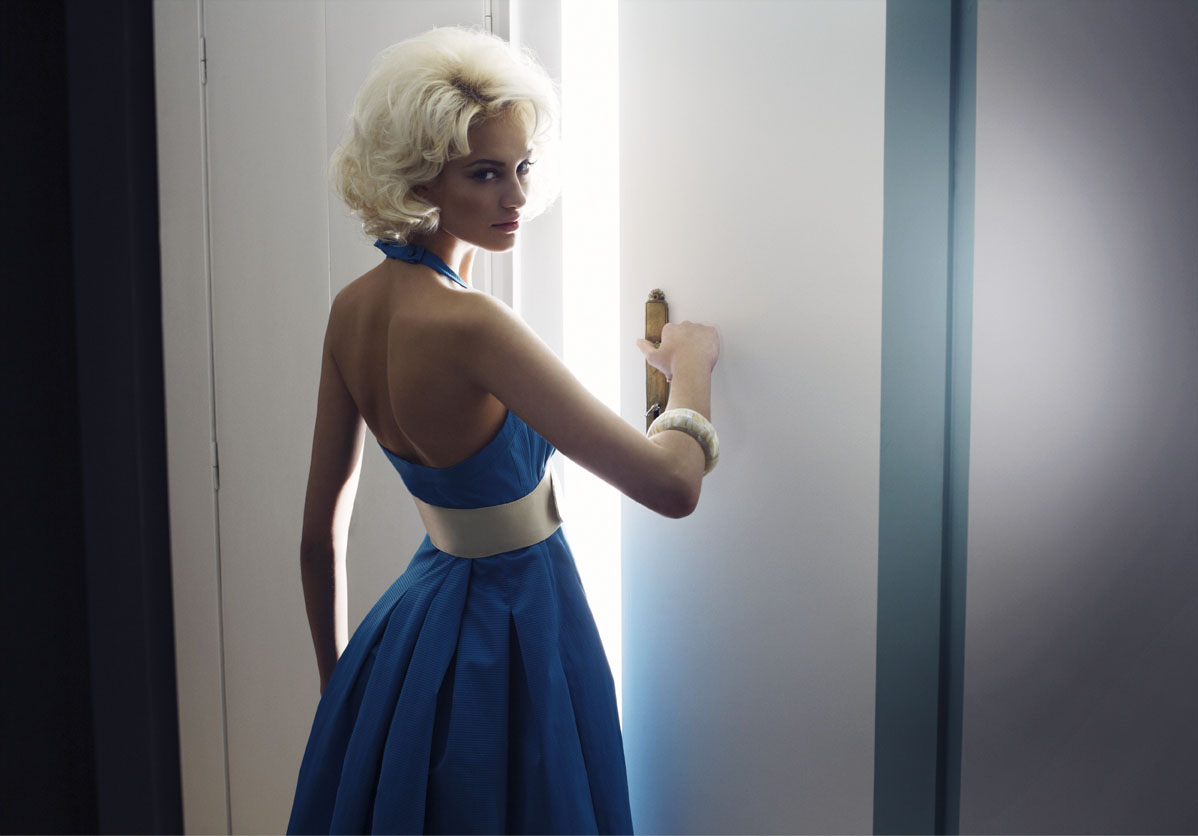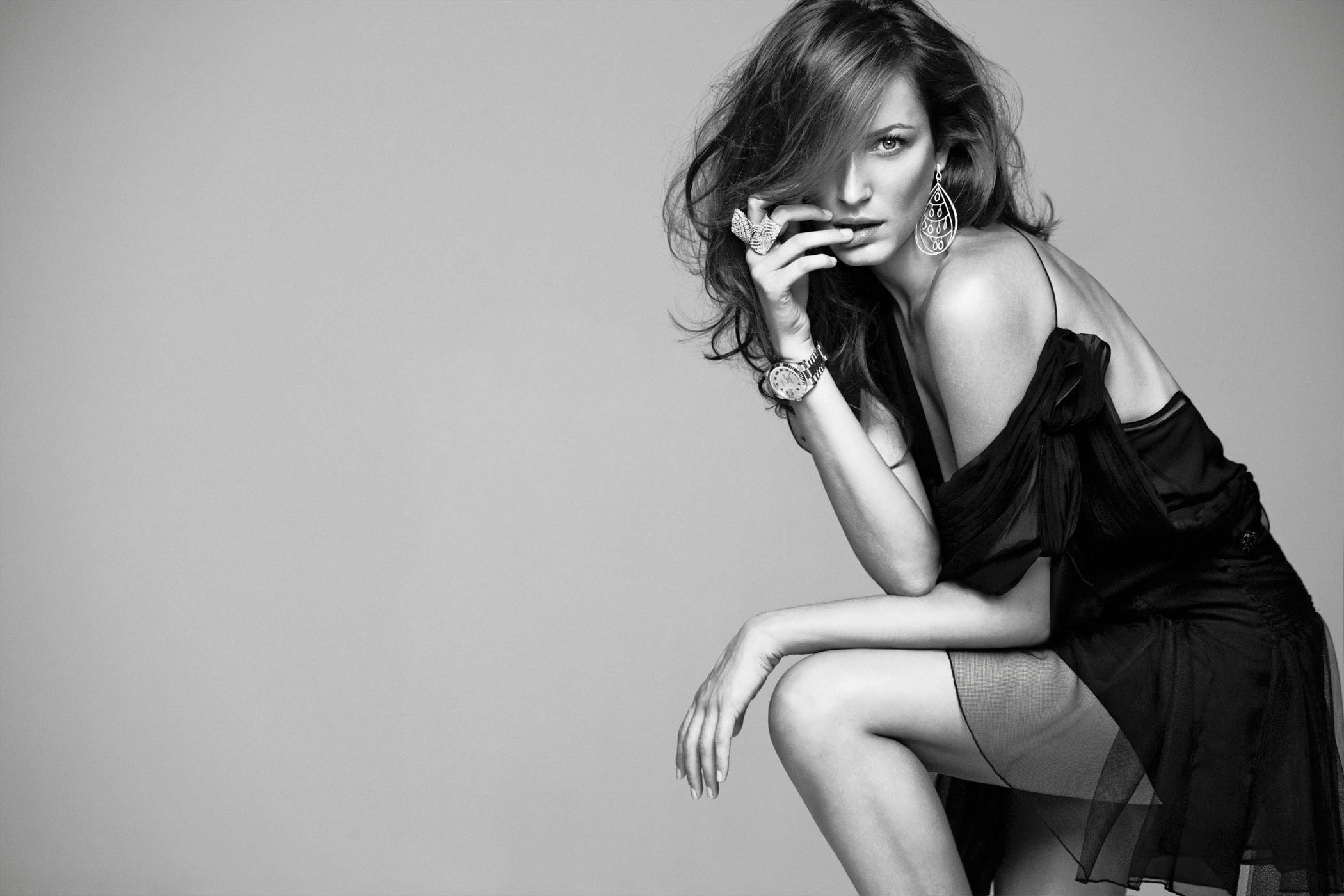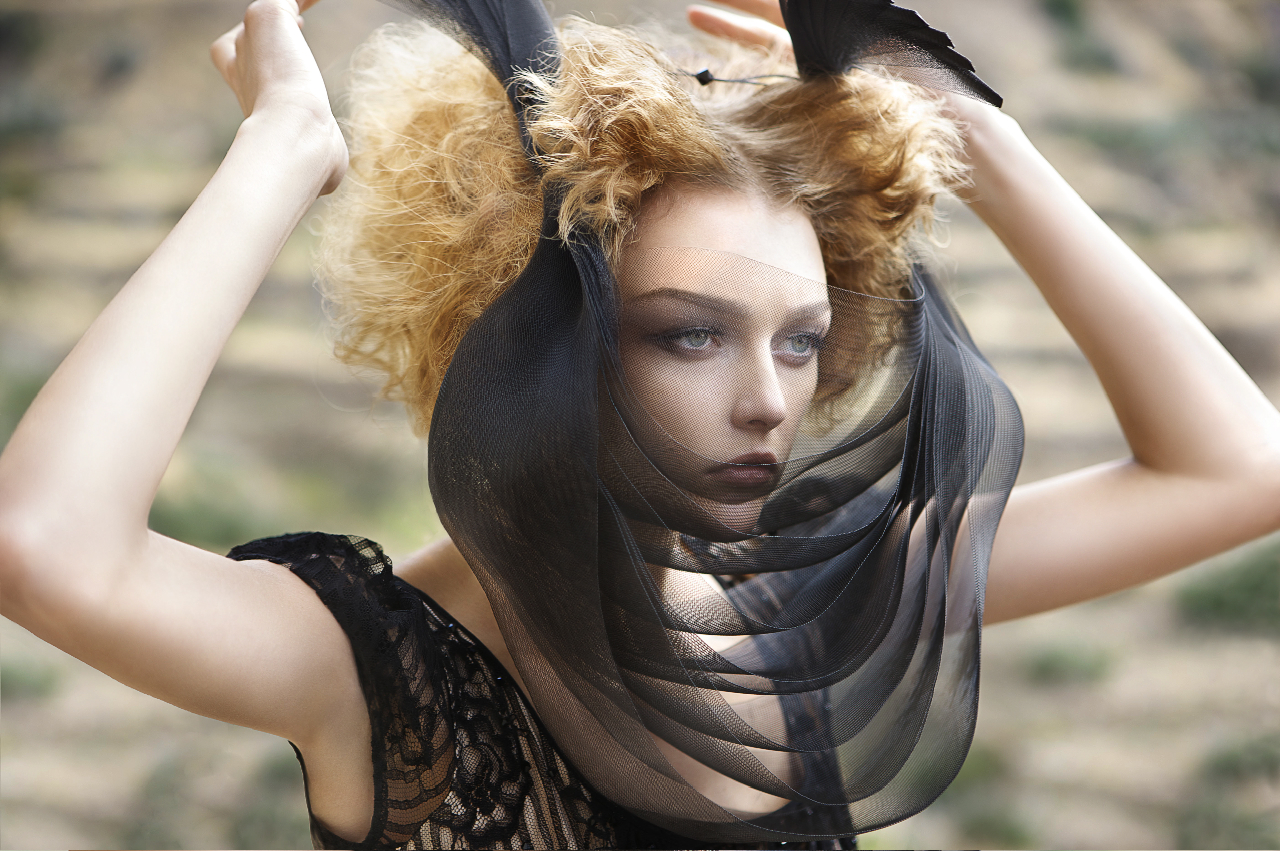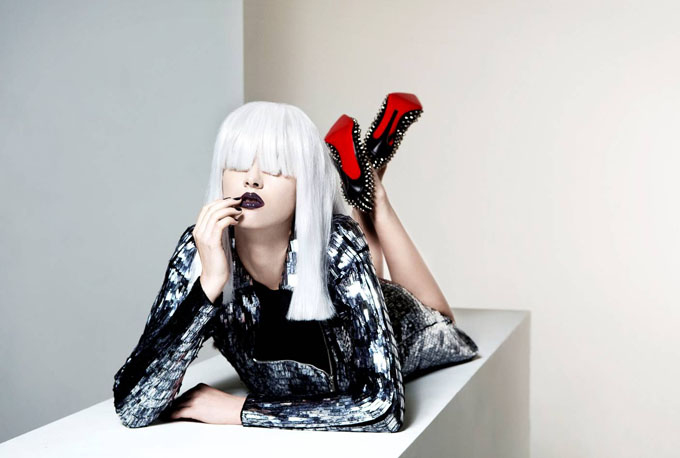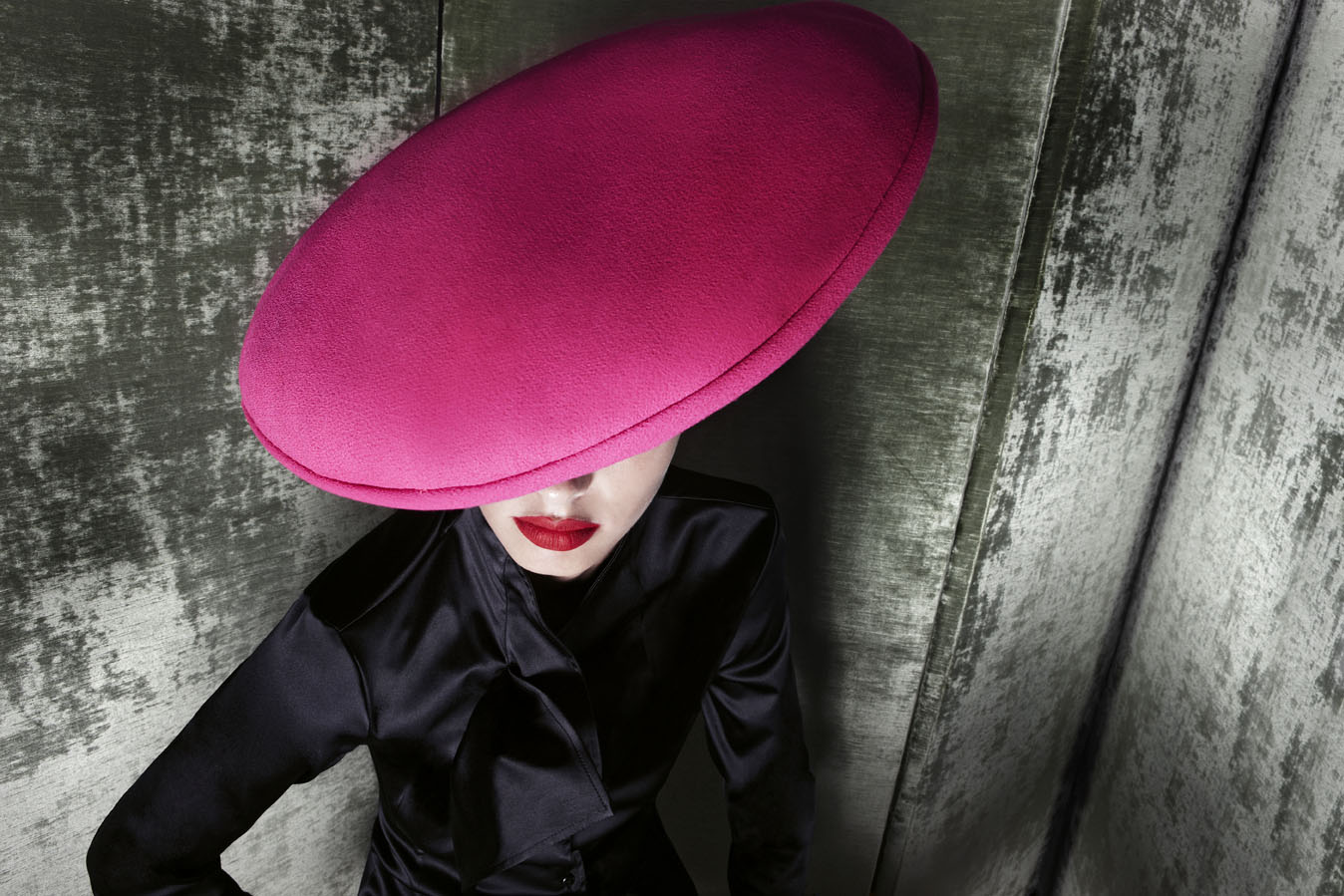Subversion and Feeling
Today, Giannis Bournias is one of the most celebrated Greek photographers. He works on behalf of both Greek and foreign magazines and simultaneously, photographs for large advertising campaigns. His photographs have also been used on the covers of CD albums and books in Greece as well as in other countries.
His work is particularly recognizable and embodies an artistic look with an imperceptible touch of humor. He is an admirer of the contrasts of light and shade in photography and he is especially attracted by the unexpected and the theatrical. Giannis belongs to the select photographic elite whose photographs are dominated by feeling. He has taken part in many group exhibitions and in 2009, held his first large personal exhibition as part of the Athens Festival, with the title, Still(s).
Interview
What is the power of photography?
For the photographer, photography is an art which begins with light, passes into feelings and results in the eye. For the observer, this process is reversed it begins with the eye and results in feelings.
Is there a particular relationship which develops between the subject and the photographer during a photographic session?
Naturally there is. If there is no connection between the two, the creation of a picture is impossible.
On an emotional level, what must a photographer capture in the photograph of his subject?
On many occasions everything. It is good though to distance oneself to an objective level in order to guide the subject where you want. Too much involvement could lead to becoming carried away without reaching the desired result.
What is the difference between commercial photography and photo editorial?
There is a huge difference. Commercial photography must sell a product but photo editorial “flirts” with art.
How do you feel when you see the publications of the pictures you have created?
I usually feel great!
Which photographers do you admire?
I really like the work of Philip Lorca di Gorcia
Which international magazines do you like for their editorials?
I like Acne paper, W, Vogue Italia, Man about Town, Paris Vogue, Vogue Hommes and Citizen K.
What led you to become involved with photography?
It all started by chance. I was studying Design and Art History in London when we were asked to do a project on photography. In the beginning, the camera was a strange device for me, after the first clicks though, I can’t remember handling pencil and paper ever again.
If you were not a photographer, what other profession would you have chosen?
I could do lots of things, but not professionally.
